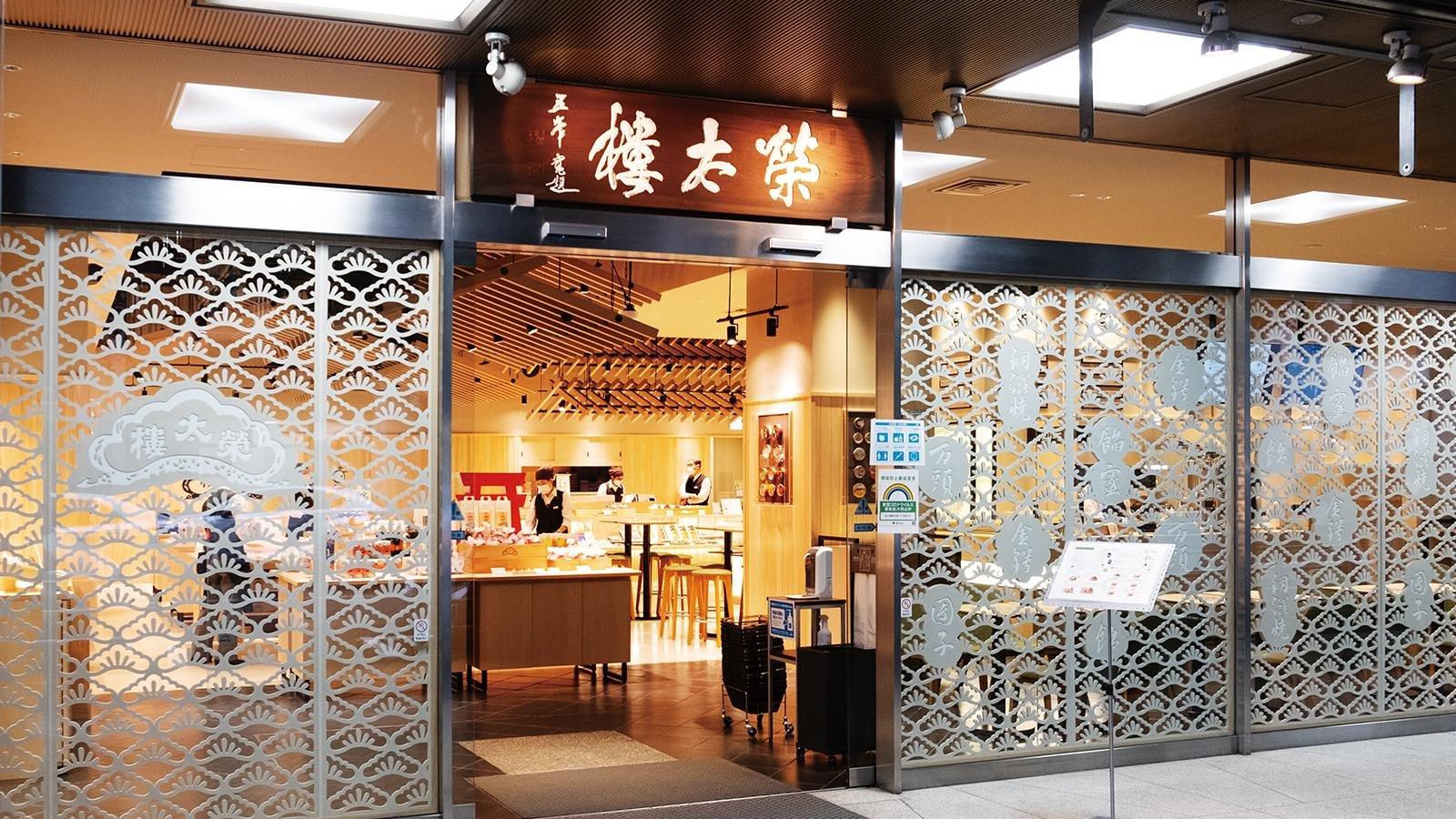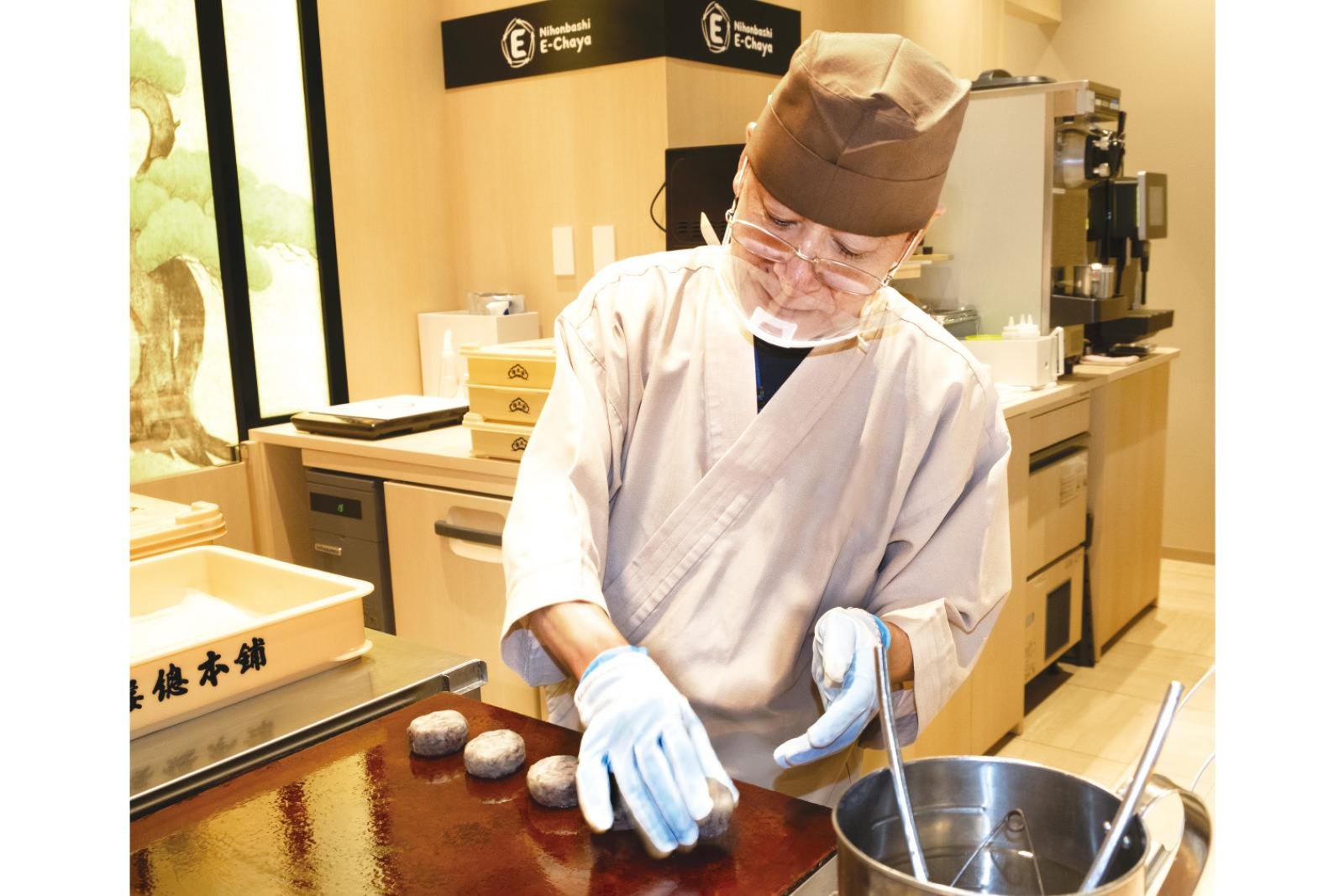Sweet Success

Among both locals and visitors, Tokyo is highly regarded for how it embraces traditional Japanese culture. Despite being a thoroughly modern city, it still provides a home for craftsmen who are keeping alive products and techniques imbued with more than 100 years of history. To pay homage to these artisans, and to the city that showcases their talents, the Tokyo Metropolitan Government launched the Edo Tokyo Kirari Project in 2016. Under the theme "Old Meets New," the project spotlights companies that display a commitment to preserving tradition together with creative solutions for ensuring their business can continue to succeed even as lifestyles change.
One such company is Eitaro Sohonpo Co., Ltd., a confectionery founded in 1818 and known for producing Edo's favorite sweets. Having celebrated its 200th anniversary not too long ago, along with a variety of other achievements, Eitaro Sohonpo was a natural choice for inclusion in the group of representative Tokyo brands. So, in 2018, the company was proudly added to the Edo Tokyo Kirari project.
The current name of the company was created in 1857 when the third-generation owner opened a shop in Nihombashi, which was one of the centers of business in Japan during the Edo period (1603-1868). He named it Eitaro based on his own childhood name. Although the shop was first popular for its delicious kintsuba (confections made from azuki red bean paste wrapped in a thin layer of wheat dough, formed in the shape of a round sword guard and grilled until golden in color), Eitaro created quite the stir when he introduced a brand-new sweet nicknamed Umeboshi-ame (pickled plum candy) because its small triangular shape reminded customers of how umeboshi looks, even though the sweets were not at all sour like real umeboshi.
Eitaro was always eager to create new offerings. In fact, the company philosophy translates as "Don't rest on your laurels. Always experiment with processes and products." The only aspect that Eitaro insisted never change was the recipe and production methods for his famous red bean pastes and candies.
Through the decades, this wish has been wholeheartedly respected. Even at the company's refurbished main store in Nihombashi, which was unveiled in August 2020, the original kintsuba is handmade in front of customers. The craftsman here is Aoki Seiji, who has been working in this field since he was 17 and is one of only around 130 Japanese sweets confectioners who are certified in Japan.

The difference in the experience today lies in the fact that customers can enjoy the traditional sweet in a beautifully designed space that is contemporary while also bringing to life the spirit of Edo. Visitors can also shop for more modern Eitaro products here.
Another turning point for the business came in 2007 when they introduced Ameya Eitaro, a line of candies that look like cosmetics and jewels. This range helped to attract a new, younger market. The aim was to expand the possibilities of candy while maintaining traditional manufacturing methods.
Even though the company has grown to include mass manufacturing methods—including opening a new factory in Hachioji, which is found in Tokyo's Tama area, in 2013 boasting top technology, the key to maintaining their unique taste is that they still use master craftsmen at crucial steps. For example, when the candy-making process is fully automated, the syrup is heated to a limit of 130 degrees Celsius (266 degrees Fahrenheit). But with a craftsman present, this optimum temperature is adjusted, sometimes up to 175 degrees Celsius (347 degrees Fahrenheit), and by doing so the sweetness of the candy flavor is enhanced. In addition, the temperature and humidity will vary from day to day so it is up to the craftsman to monitor this for optimum taste.
In 2018, to coincide with the 200th anniversary, the company motto was changed to "A company that entices the richness of the heart." As every employee looks ahead to envision how they can continue the company's long, sweet legacy, they keep this new motto in mind. All with the ultimate aim to take up new challenges, create, and enrich.




